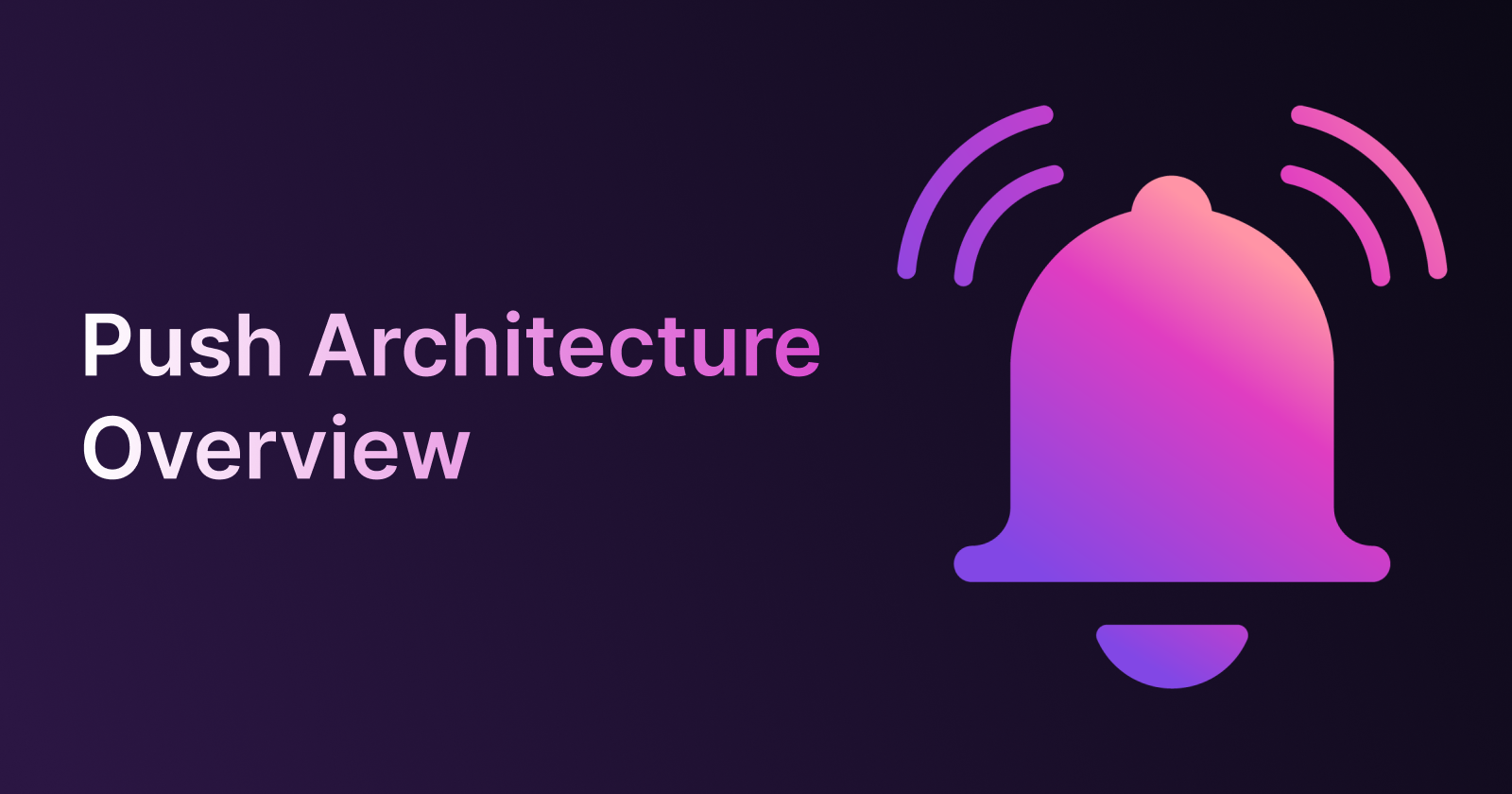Understanding the PUSH Architecture, Spam Control, Decentralization Efforts and more! 🔔
 Yajvendra Saini
Yajvendra Saini
Designed for mainstream adoption, Push Notification serves as a protocol that any dApp, web3 wallet, or backend can integrate to provide their users with notification capabilities.
Unlike traditional notification / alert services that require users to provide their information to sign up, like their email, phone number, or any other personal data about the user, Push Notification requires no personal information whatsoever to start receiving/sending notifications on the protocol.
All the user needs is a wallet address.
All the notifications are stored either on Push Nodes, IPFS or onchain depending on the storage chosen by the client and are signed.
When sending a notification to an address, it is sent through Push Nodes.
Their main task is to validate that:
the notification payload is following the corresponding payload standard,
the sender is a valid channel or delegator and can actually send the notification, and signature validation,
if the payload is valid, the Push Nodes will process the notification and send it to the delivery nodes for pushing the alerts to the clients.
Spam prevention
There are countless examples of users spamming others with fake giveaways, random messages, or unwanted notifications.
For notifications, the core protocol itself adopts a user-centric approach. This means that all the notifications are opt-in or opt-out based.
This means that users shall only receive notifications from protocols they opt in to. Users can fine-tune which notifications they see the value of and only opt-in for them while every other notification shall land in the user's spam box.
Sending notifications
The fundamental protocol enables the creation of channels, functioning as services capable of dispatching notifications to any wallet address. These channels also have the ability to send notifications through alias chains, utilizing an alias address associated with the designated chain. If the wallet address is subscribed, notifications are delivered to the inbox; otherwise, they are directed to the spam box.
Decentralization
Push Notifications are sent between addresses via the Push Nodes. Push Nodes are the nodes responsible for validating notification and chat payload and for dispatching notifications to addresses. Push Nodes can have different roles in this Communication Network.
Verification Proof
Verification Proof is a property that is sent along with the notifications and chat messages to help the network validate the sender, the chain from which the notification (or message) is sent, and the content of the notification (or message) along with any other validation that might be required.
Push Notification SDK
The use cases are endless:
Alerts for gas price changes.
Notifications for token price changes.
New Governance Proposals of DAO
Loan Liquidation Alert
Any other cool, crazy feature you can think of
#PushAmbassadorIndia #web3 #blockchain
Subscribe to my newsletter
Read articles from Yajvendra Saini directly inside your inbox. Subscribe to the newsletter, and don't miss out.
Written by

Yajvendra Saini
Yajvendra Saini
Student, Developer